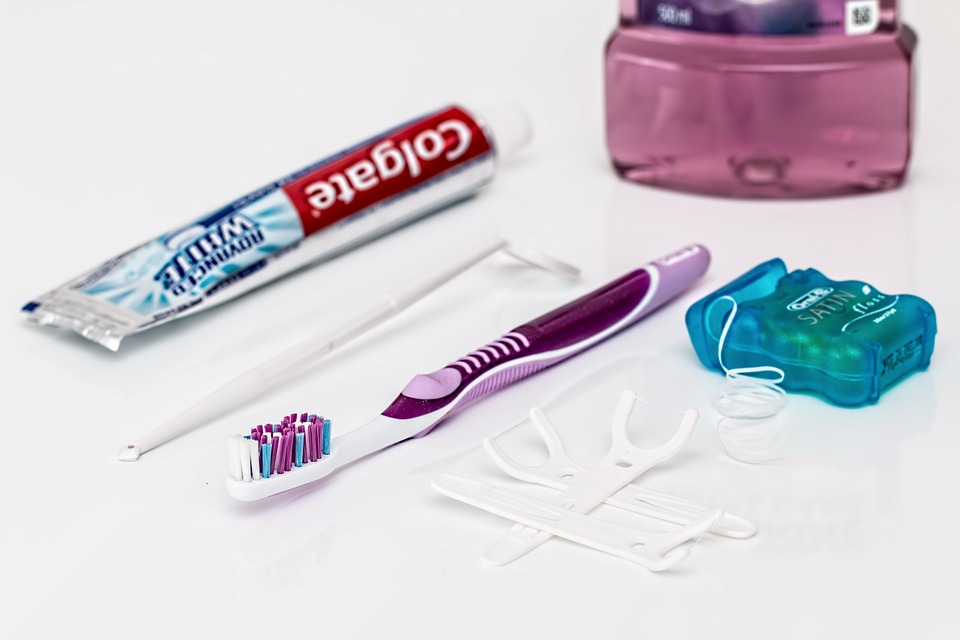How long do you actually brush your teeth? How long do your kids brush their teeth? The goal is to brush for two minutes, but if your kids are like most, they try to rush the process. Or if they do spend two minutes brushing their teeth, they don’t spend those two minutes wisely. Good brushing is essential for good dental health, so follow these five steps to help your kids brush their teeth properly.
1. Get the Right Toothbrush and Toothpaste
Adult toothbrushes are too large for a child’s small mouth, which will make it harder for them to brush. Look instead for a smaller-head toothbrush made especially for kids. Let your child pick a brush in their favorite color or decorated with their favorite cartoon animal. If they like their toothbrush, you’ll have an easier time convincing them to use it.
Also, make sure your child has a toothpaste they love. The strong mint flavor of the average toothpaste may be unappealing to a child. Kids’ toothpastes that taste like bubble gum or cherry are better.
2. Use a Small Amount of Toothpaste
Kids are sometimes tempted to load their toothbrush with a giant glob of toothpaste. This makes a mess and makes tooth brushing less enjoyable. Show them how to moisten their toothbrush and then add only a pea-sized amount of paste.
3. Start With Side-to-Side Movement
Kids can struggle when they attempt to brush with a circular motion. It’s easiest to first teach them how to brush from side to side. Make sure they brush both sides of the mouth thoroughly. As they master the side-to-side brushing, slowly encourage them to start brushing in little circles, then up and down.
4. Brush Your Tongue
After you brush your teeth, don’t forget to brush your tongue. The tongue can harbor smelly oral bacteria that can lead to cavities, gum disease, and bad breath. Your child may gag a little the first few times they brush their tongue, but reassure them that after they do it a few more times, this feeling will go away.
5. Don’t Forget to Floss After You Brush Your Teeth
Flossing removes the plaque and bacteria from between the teeth. If your child struggles to use regular floss, try giving them floss picks instead. They are easier to maneuver between the teeth, and they won’t hurt your child’s little fingers. Extra-thin floss can also be easier for your child to get between really close teeth.
These 5 steps will make sure you and your children are brushing properly. Sit down and talk about them with your child, and make sure you are coaching your child with their brushing and flossing from time to time. Of course, if you have questions we are happy to help.
